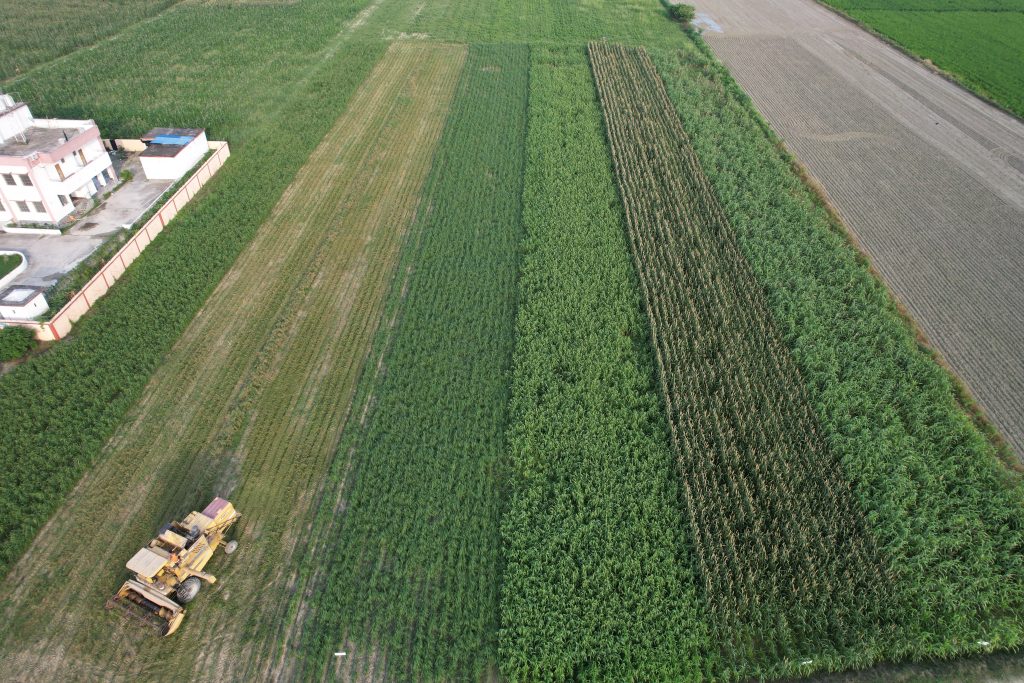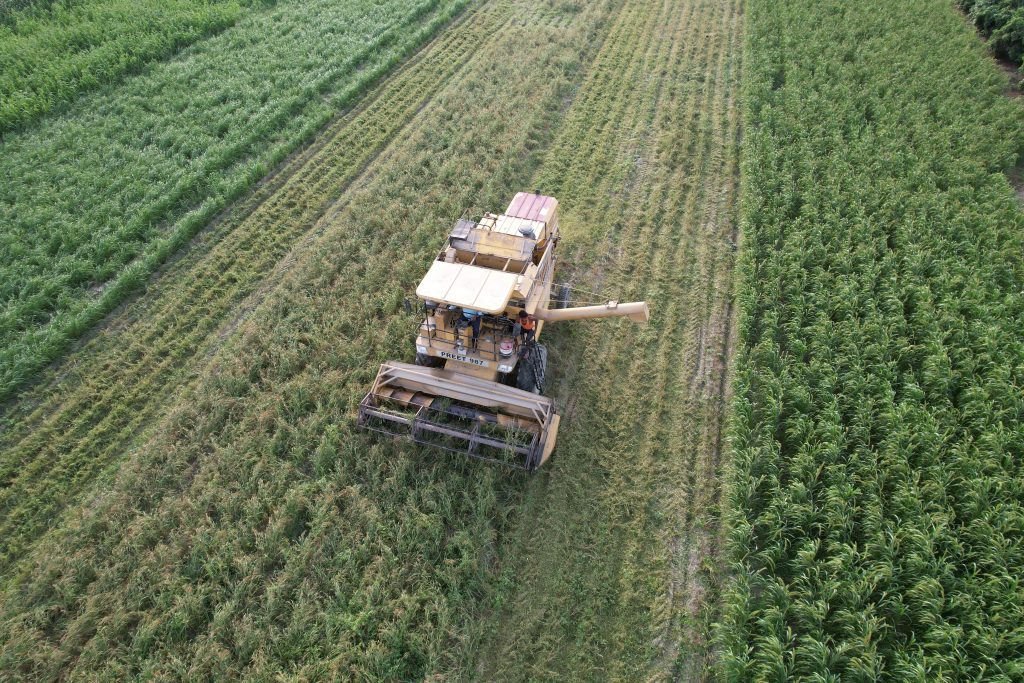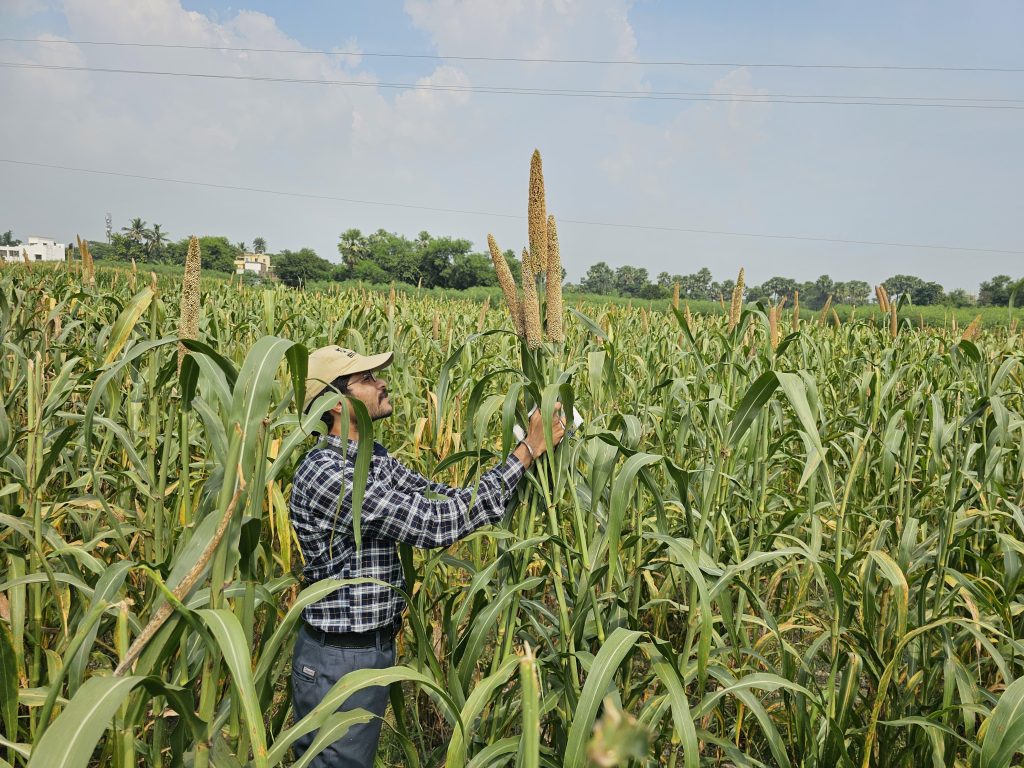Reviving the Power of Millets in India: BISA’s Mission for a Healthier, Greener Future
By

Millets are deeply rooted in the traditions of local farmers of India. For instance, finger millet was a dietary staple in Bihar, and farmers in the northern regions were experts in growing Sanwa or Barnyard millet. Proso millet, known as “Cheena,” was famous for its short growing period, so much so that farmers used to say it could be harvested almost as fast as it grew! But as the years pass, things change. Rice, wheat, and maize became the new favorites, pushing millets to the sidelines. The younger generation has forgotten the old ways.
A New Dawn for Millets
Seeing the value of millets, the team at BISA (Borlaug Institute for South Asia) is on a mission. The BISA team at Samastipur and other farms (in Ludhiana and Jabalpur) are searching for the old knowledge, updating it for today’s challenges, and preparing to put millet back on the food plate again. The good news is that the roots of millet farming run deep in Indian communities. The challenge is to help millets thrive in a world very different from the one they once dominated.
The Challenge: Growing More, Selling Well
When BISA scientists sit down with farmers, one issue remains: millets don’t produce as much as the new popular crops like rice and wheat. This is a real challenge, but BISA is trying to address it. They are developing cutting-edge techniques to boost millet yields. The response from farmers has been overwhelming. They are eager to try these new methods but need support in getting their millet to market at a fair price. Hence, BISA is working with farmers to create groups, provide training, and connect them with buyers. The goal is to make millet farming a profitable, sustainable choice for families across India.
Science in the Field
BISA’s work starts in the fields. Scientists are testing millets in different conditions, figuring out the best ways to plant and care for them in the unique climate of Bihar, MP, Punjab and other states. They know millets are tough and adaptable, perfect for mixing things up in a world where too many farmers grow the same few crops. By providing farmers with customized planting schedules and advice on fitting millets into their existing plans, BISA is making it easy to give millets a try.
Weeds and Nutrients: The Details Matter
Two significant hurdles in growing millets are weeds and nutrients. Weeds can choke out young plants, but few proven strategies exist to control them. BISA is searching for simple, effective ways to manage weeds. At the same time, they’re studying what makes millets tick. Unlike some crops, little is known about what nutrients millets need, how they absorb them, or how fertilizers affect them. By filling these knowledge gaps, BISA can give farmers precise advice to keep their millet healthy and robust.
Finding the Best Millets for BISA sites
BISA does not just work with any millet. They are testing over 400 different types, from local favorites to varieties worldwide, to find the ones that will shine in Indian environments. Some contenders in Bihar include RAU-1 finger millet, DHBM 93 barnyard, and JK-137 Kodo millet. By identifying the top performers, BISA can help farmers get the best results.
Real-Time Advice at Your Fingertips
In today’s world, the best farming involves technology. This is why BISA offers digital advice to millet farmers through its Climate-Resilient Agriculture Program. Imagine getting a message on your phone telling you exactly when to plant, how to control weeds, and what fertilizer to use. This is what farmers get through BISA’s WhatsApp chatbot. From planting to harvest, they get the guidance they need to succeed.
A Healthy, Sustainable Future
Millets are more than just a crop – they are a key to a better future. They are packed with iron, calcium, and fiber, making them a nutrition powerhouse. They are great for women’s health, can help fight anemia and strengthen bones. Because they release sugar slowly, millet is perfect for managing diabetes or heart disease. With millet, BISA is creating an efficient farming system for people and the planet. They are not just growing a crop; they are growing a movement initiated by the Government of India worldwide. With millet, Indian farmers can build a future rooted in heritage but looking toward a greener, healthier tomorrow.

